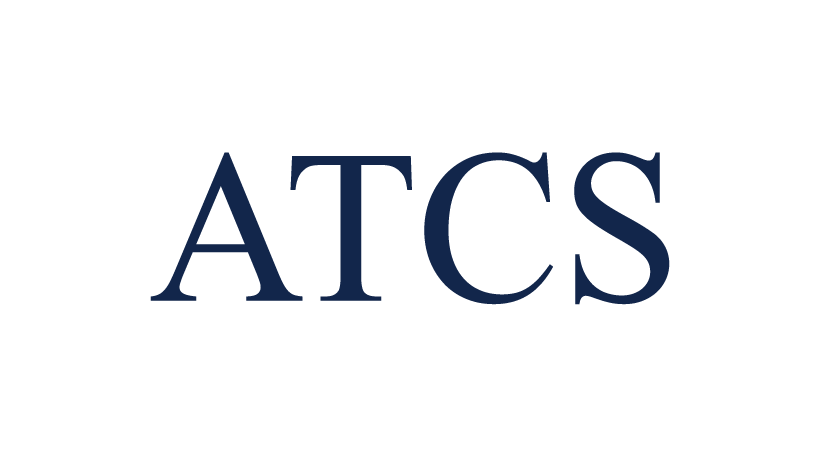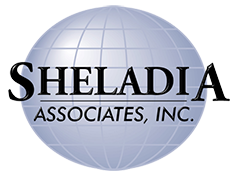New Specifications (2018) for Structural Engineering (SE) Exams, Part-2

Structural Engineering Exams Are Administered Over Two Days
Last month we started discussing the new specifications for Structural Engineering (SE) Exams. The National Council of Examiners for Engineering and Surveying (NCEES) will be using new specifications for the Structural Engineering (SE) exams effective beginning with the April 2018 examinations. Registration for the pencil-and-paper April 2018 SE exams is currently open and will close at 3:00 p.m. EST on February 15, 2018. It is important to remind our readers that the registration for the computer-based FE and PE exams is open year-round and for details our readers should always consult with the NCEES website.
The new NCEES Structural Engineering exams will be administered as a single 16-hour exam given in two successive days (Friday and Saturday). The 8-hour exam on Friday focuses on vertical forces – gravity loads and lateral earth pressures. Both Friday and Saturday exams consist of breadth (morning) and depth (afternoon) modules. The 8-hour exam on lateral forces is offered only on Saturday and focuses on wind & earthquake loads. In summary:
Friday morning breadth exam: Vertical Forces (4-hour and 40 multiple choice questions. The exam uses the US Customary System (USCS) of units)
Friday afternoon depth exam: Vertical Forces (4-hour, examinees must choose either the BUILDINGS or the BRIDGES module. Examinees must work the same module on both components. Depth exam is not multiple choice; questions are constructed response, essay-type questions. The exam uses the US Customary System of units only).
Saturday morning breadth exam: Lateral Forces, Wind & Earthquake (4-hour and 40 multiple choice questions. The exam uses the US Customary System of units).
Saturday afternoon depth exam: Lateral Forces, Wind & Earthquake (4-hour, examinees must choose either the BUILDINGS or the BRIDGES module. Examinees must work the same module on both components. Depth exam is not multiple choice; questions are constructed response, essay type questions and the exam uses the US Customary System of units only).
In a nutshell, the new SE exam tests engineer’s ability to safely design buildings or bridges, particularly in areas of high seismicity and high wind.
Now let’s discuss the topics and number of questions for Friday and Saturday exams in detail:
Friday Morning Breadth Exam Specifications: Vertical Forces (Gravity/Other) and Incidental Lateral Component. Topics and Number of Questions:
Friday morning breadth exam has total 40 multiple choice problems in which 13 questions are from Analysis of Structures and 27 questions from Design and Detail of Structures. As always, find Dr Z’s practice problems here.
Friday Afternoon Depth Exam Specifications: Vertical Forces (Gravity/Other) and Incidental Lateral Component. Either BUILDINGS or BRIDGES
The BUILDING module covers loads, lateral earth pressures, analysis methods, general structural considerations (element design), structural systems integration (connections), and foundations and retaining structures. This 4-hour module contains one problem from each of the following areas: Steel Structures, Concrete Structures, Wood Structures and Masonry structures. All problems are equally weighted. At least one problem includes a multistory building, and at least one problem includes a foundation.
The BRIDGES module covers gravity loads, superstructures, substructures, and lateral loads other than wind and seismic. This 4-hour module contains three problems, one from each of the following areas: Concrete superstructure (25% of your score), other elements of bridges (e.g., culverts, abutments, retaining walls) (25% of your score), steel superstructure (50% of your score).
Saturday Morning Breadth Exam Specifications: Lateral Forces (Wind/Earthquake): Topics and Number of Questions
Saturday morning breadth exam has total 40 multiple choice problems in which 15 questions are from Analysis of Structures and 25 questions from Design and Detail of Structures areas.
Saturday Afternoon Depth Exam Specifications: Lateral Forces (Wind/Earthquake): Either BUILDINGS or BRIDGES
The BUILDING module covers lateral forces, lateral force distribution, analysis methods, general structural considerations (element design), structural systems integration (connections), and foundations and retaining structures. This 4-hour module contains one problem from each of the following areas: Steel Structures, Concrete Structures, Wood and/or Masonry Structure and General Analysis (e.g., existing structures, secondary structures, nonbuilding structures, and/or computer verification). In this section, all problems are equally weighted.
The BRIDGES module covers lateral forces, lateral force distribution, analysis methods, general structural considerations (element design), structural systems integration (connections), and foundations and retaining structures. For details the readers should see the NCEES website.
And finally, an important reminder. PE/SE is an open-book exam and make sure to bring the books to the exam that you are intimate with. You do not want to be fumbling through a strange book during the exam. Stay relaxed and confident and always keep a good attitude. Focus on the ultimate goal and remind yourself that you are going to do your best!
Until next time,
Ahmet Zeytinci, P.E.
This email address is being protected from spambots. You need JavaScript enabled to view it.









